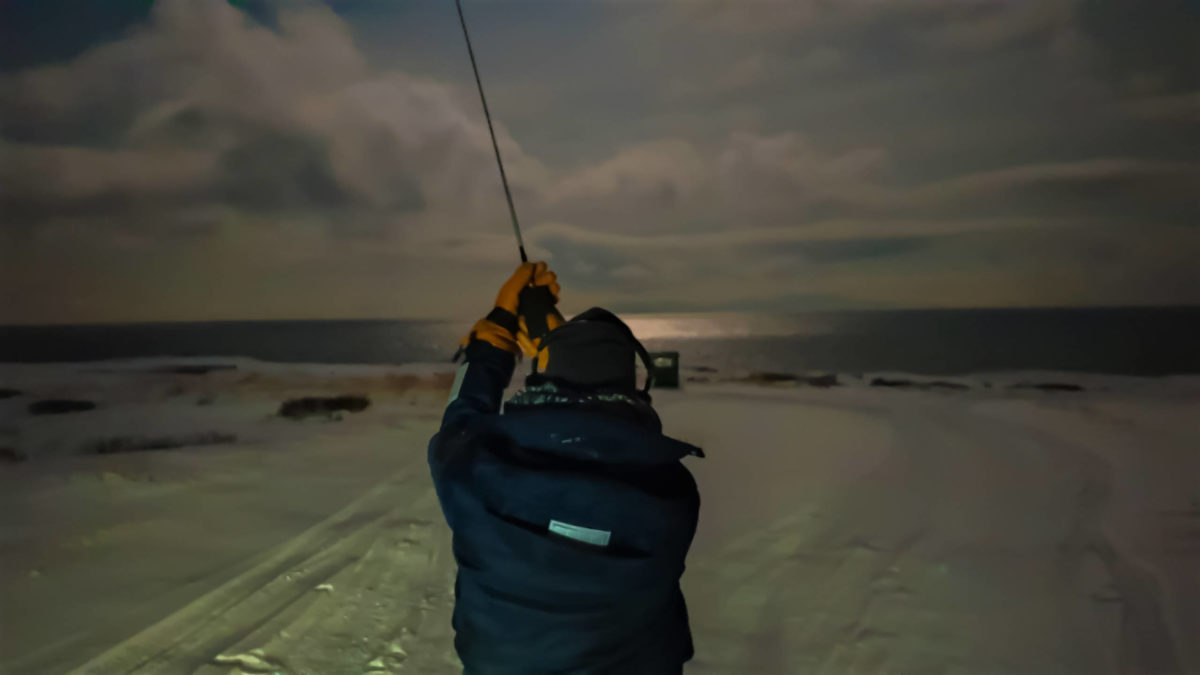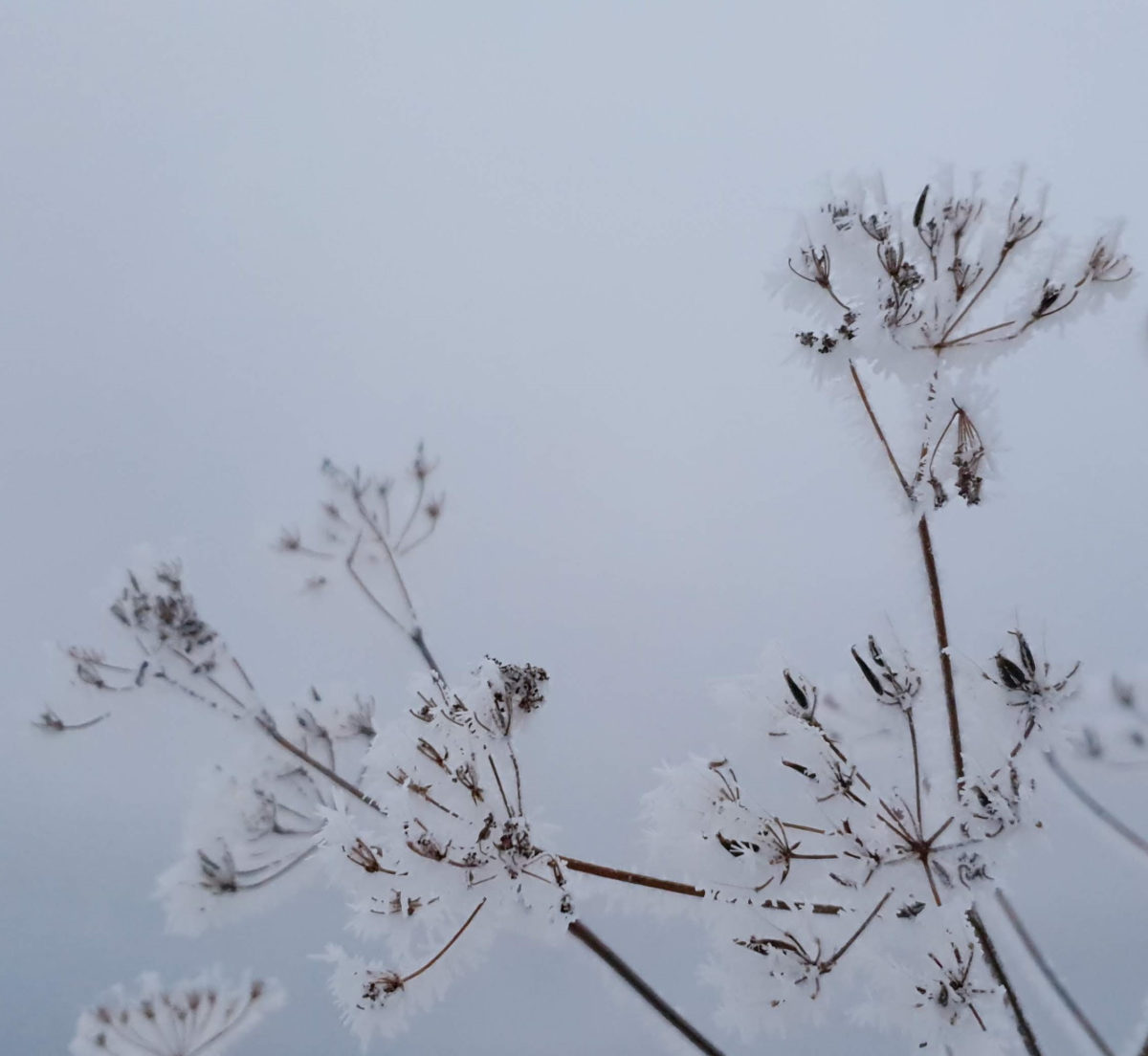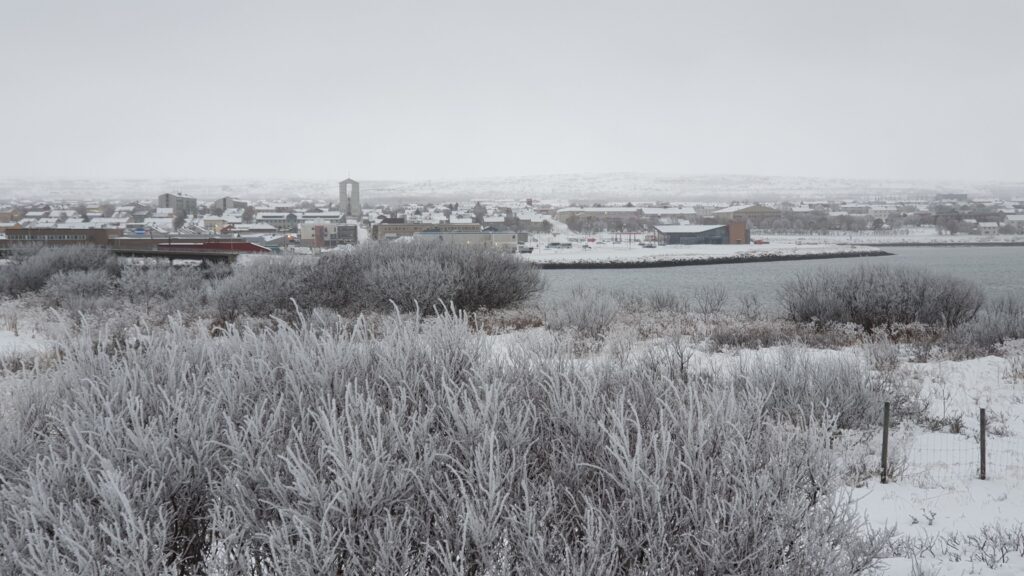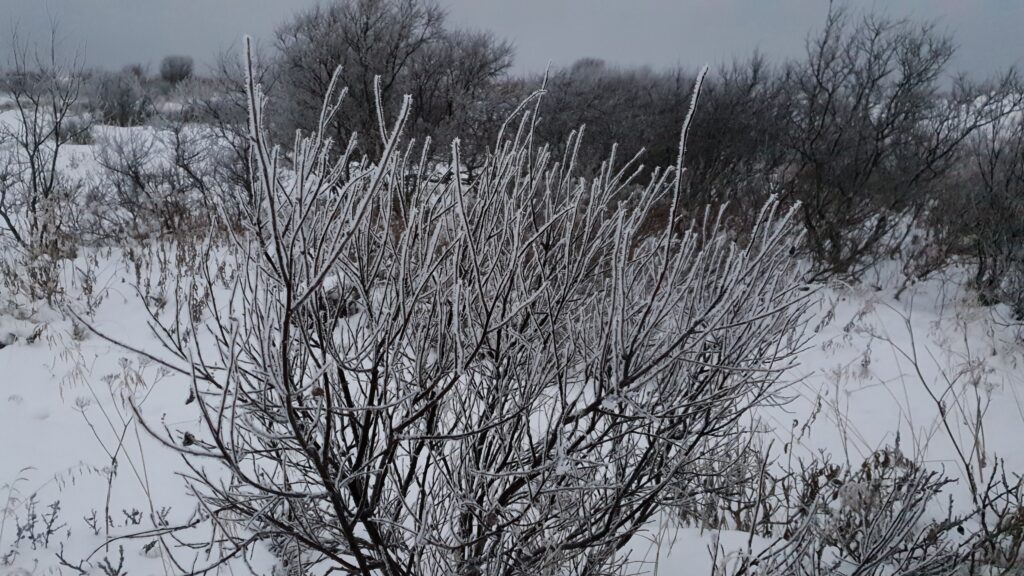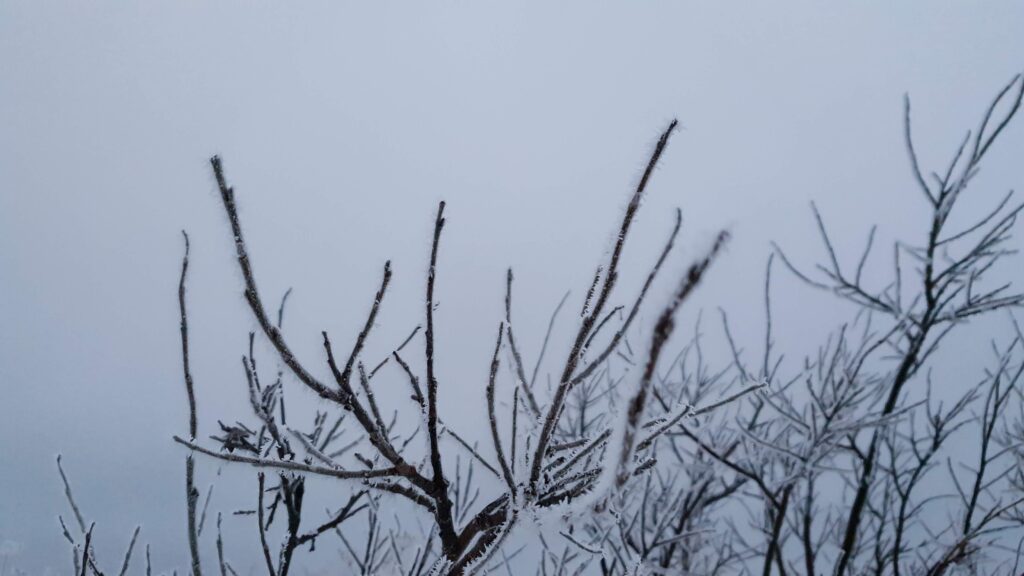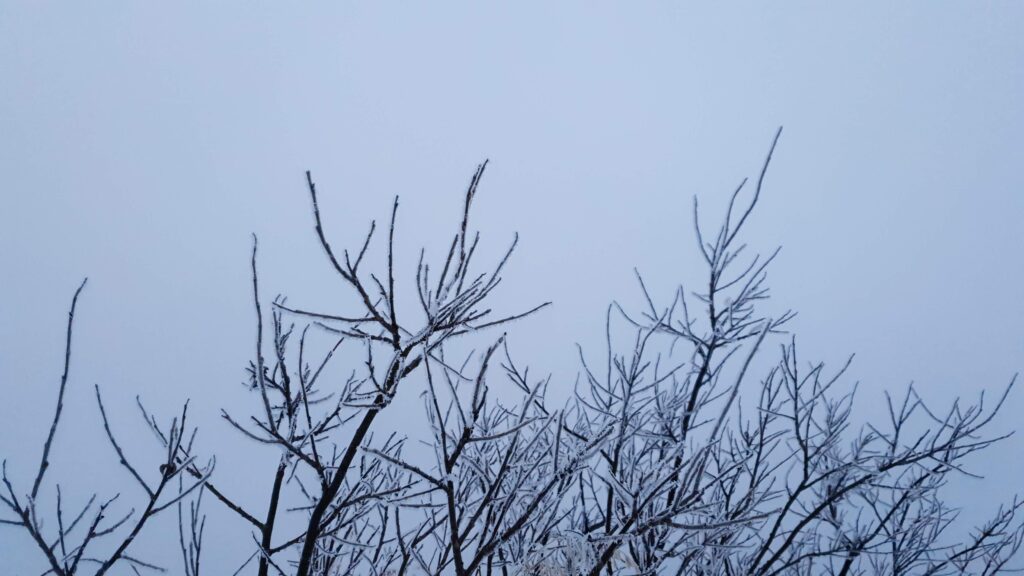Now that the polar day starts to make itself felt more and more in high latitudes, we’ll experience daylight round the clock here in Vadsø in less than 2 weeks! More daylight means more blue skies! But do you know why the sky is blue? Keep on reading to find out!
Light is an electromagnetic wave, just like radio waves, microwaves, and even the radiation resulted from radioactivity! The only difference between all these different electromagnetic waves is their wavelength.
Even the light that we actually perceive with our own eyes is made up of multiple wavelengths. And to each and all of these wavelengths of light corresponds a different colour! So, the light that comes to us from the Sun and which we see, is made up of multiple colours! Of all colours, to be exact!
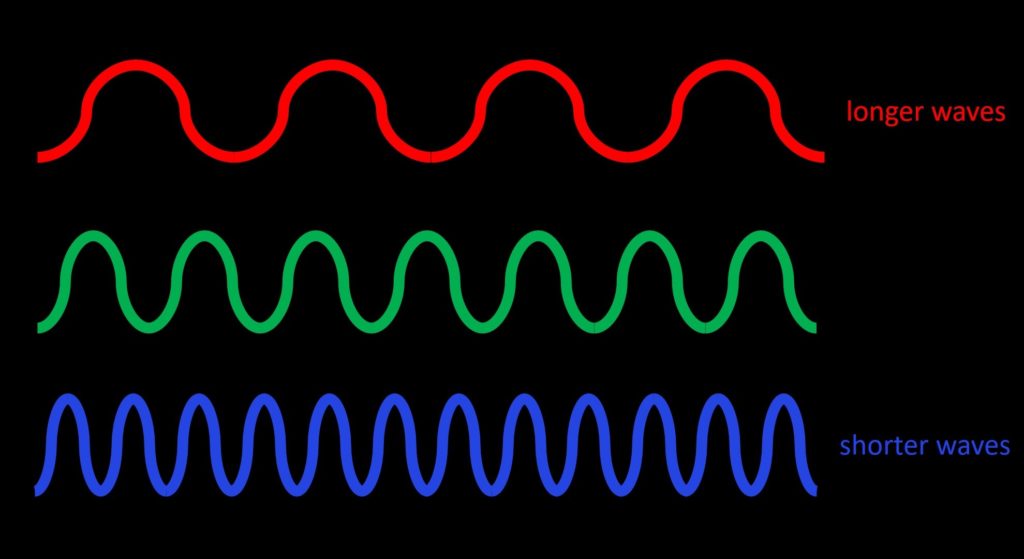
Just like an ocean’s waves, light travels the same way: in waves! Blue light travels in shorter waves (with a shorter wavelength) and red light travels in longer waves (longer wavelengths).
When the sunlight, with all its colours, reaches Earth, it meets the planet’s atmosphere! Thus, it starts interacting with various particles in the air, such as tiny ice crystals, dust, water droplets and even gas molecules that make up the air itself! And once the light waves interact with these particles, it gets scattered!
For a wave to interact with a particle, the two must be of the same order of size. Smaller particles scatter short wavelength light (blue) stronger. Small air molecules, which make up the entire atmosphere, scatter the blue component of sunlight the most, and in all directions, because of its short wavelength! And this is why, during a sunny day, everywhere you look, the sky is blue!
Do you know why sunsets are reddish? If not, read this article to find out!


